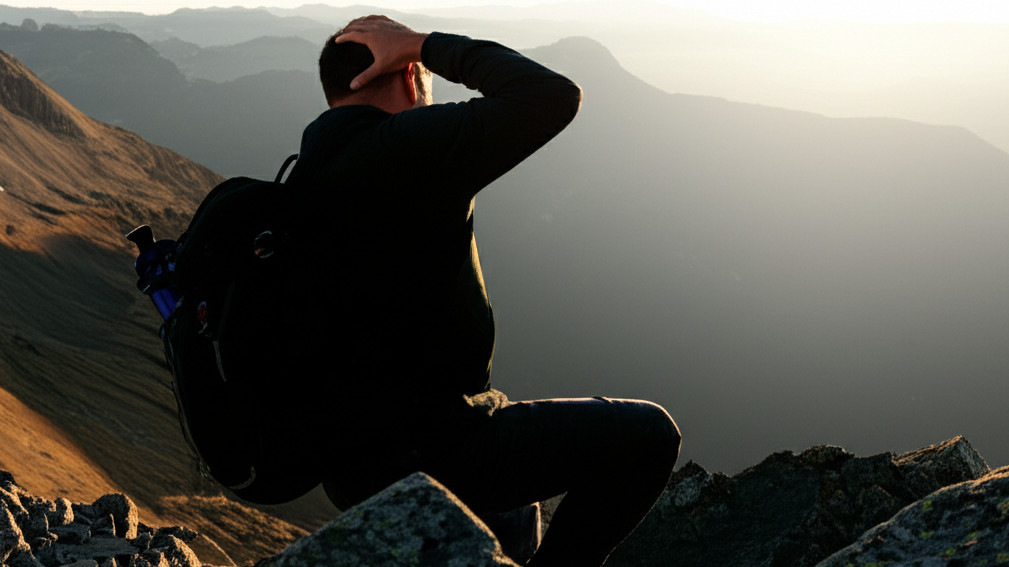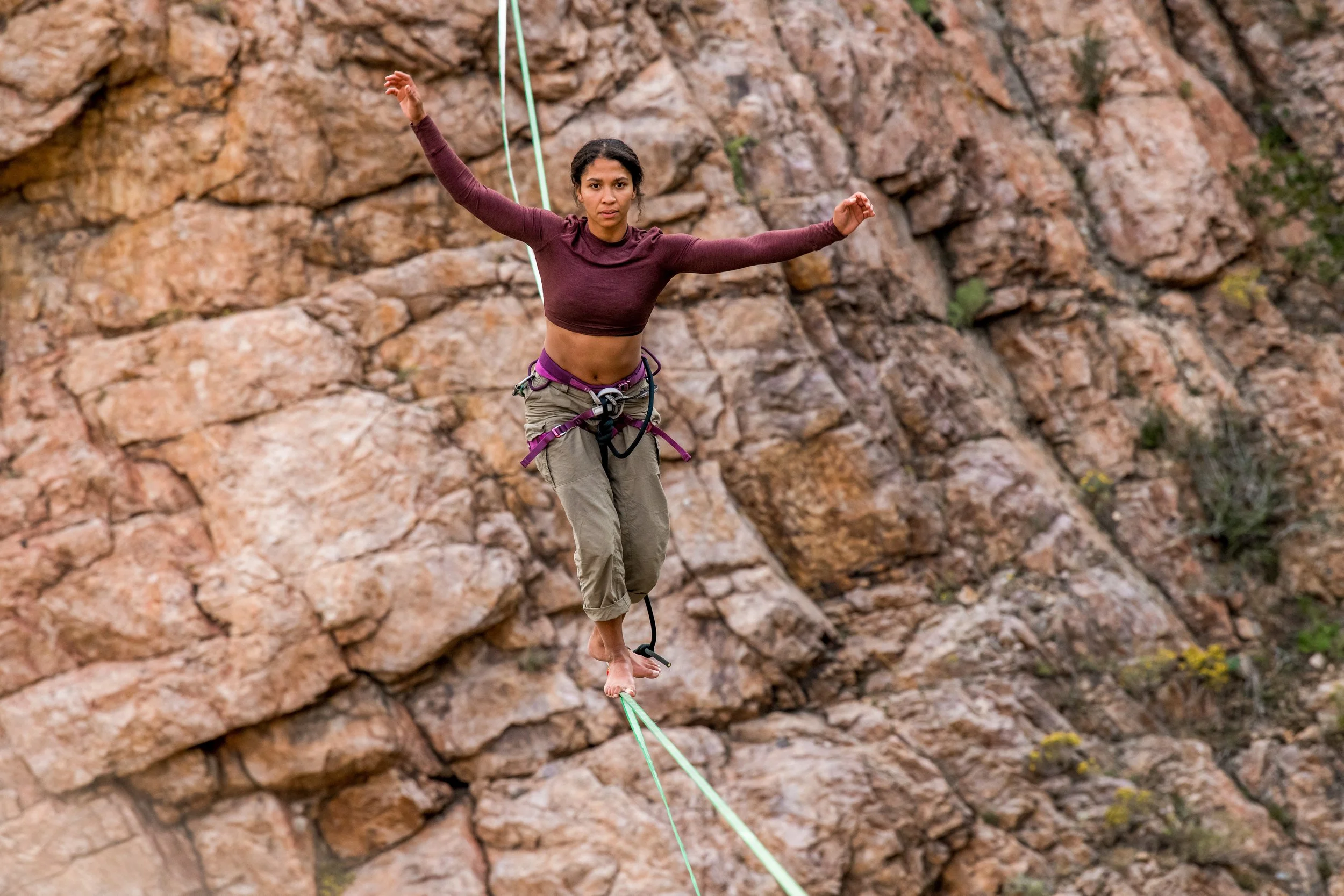Now Reading: Hidden Dangers in Extreme Trekking: What Adventurers Need to Know
-
01
Hidden Dangers in Extreme Trekking: What Adventurers Need to Know
Hidden Dangers in Extreme Trekking: What Adventurers Need to Know

Extreme trekking is exhilarating and offers breathtaking views, but it comes with hidden risks that are often underestimated. From sudden weather changes to difficult terrain and altitude challenges, trekkers face potential dangers that require preparation, awareness, and caution. In India’s Tier-2 cities, the growing popularity of trekking has brought more enthusiasts to mountains and remote trails, making safety awareness critical for first-time and experienced adventurers alike.
Environmental and Terrain Risks
Mountain trails can be unpredictable. Loose rocks, slippery paths, and narrow ridges pose constant hazards. Unfamiliar terrain increases the likelihood of falls or injuries, especially when trekkers underestimate distances or overestimate their skills. Awareness of trail conditions and prior research can reduce exposure to these risks.
Weather and Climate Challenges
Sudden weather changes in hilly regions can create dangerous situations. Rain, fog, and extreme cold may lead to hypothermia, reduced visibility, and landslides. Trekkers must monitor forecasts, carry appropriate gear, and have contingency plans to navigate unexpected conditions safely.
Physical and Health Concerns
Extreme trekking tests endurance, strength, and cardiovascular capacity. Altitude sickness, dehydration, and exhaustion are common issues. Proper acclimatization, hydration, nutrition, and pacing are essential to prevent serious health problems during challenging treks.
Safety Measures and Precautions
Preparation is key to minimizing hidden dangers. Experienced guides, reliable equipment, first aid knowledge, and trekking in groups enhance safety. In Tier-2 cities, local trekking clubs and certified instructors provide valuable training and support for newcomers.
Conclusion
Extreme trekking offers adventure and personal growth but carries hidden risks that demand respect and preparation. Awareness of environmental, physical, and health challenges ensures that enthusiasts from India’s Tier-2 cities can enjoy the experience safely. With careful planning, the thrill of trekking can be balanced with responsibility and protection.

























